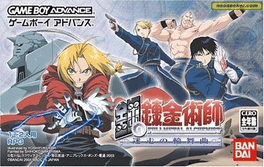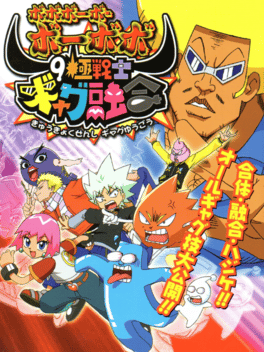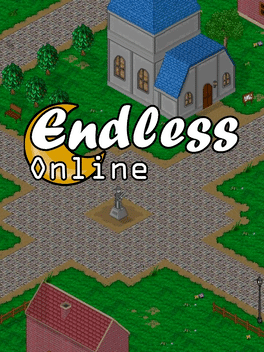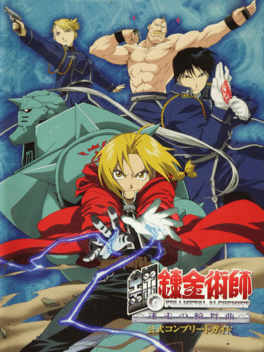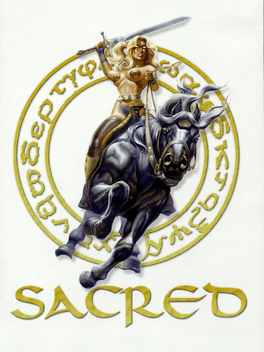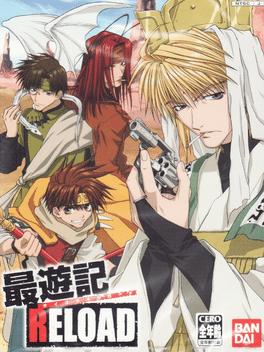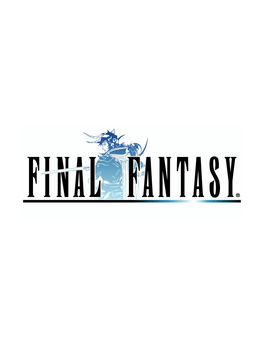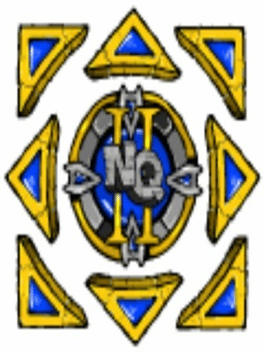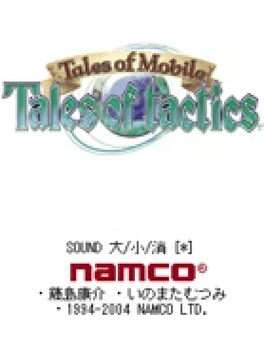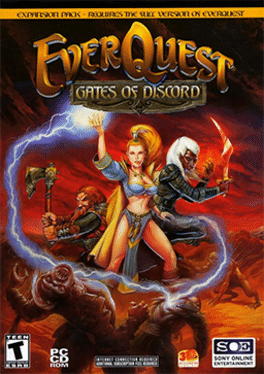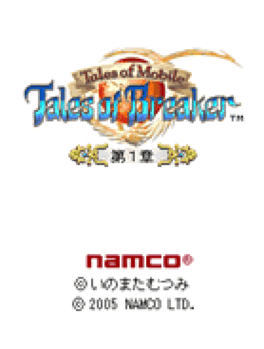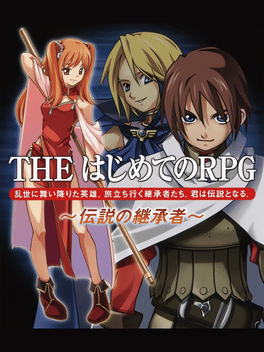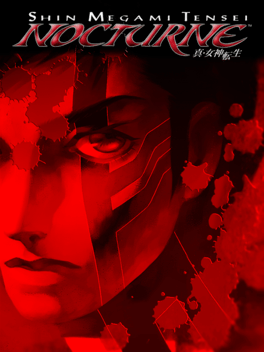New Xbox 360 Games - Page 215
-
Beyond Divinity
2004
Beyond Divinity
2004
star 7.1You were a disciple of the Divine, a servant of light on a never-ending crusade to fight evil. But fate has made a terrible turn on you. During an epic battle with a powerful necromancer, dreadful daemon named Samuel tricked you and dragged you to his dimension. There you were trapped and tortured. But like every typical daemon lord, he had a very twisted, sadistic sense of humour, so he decided to chain your soul to that of a Deathknight. Thus he cursed you to spend the rest of eternity bound to a creature you were fighting all you life. Now you must work together to escape your prison and find a way to break this curse! -
City of Heroes
2004
City of Heroes
2004
star 7.7City of Heroes was a superhero based MMORPG that ran from April 2004 to November 2012. In April 2019, source code capable of running a City of Heroes server was distributed widely. This made it possible to create City of Heroes servers outside the direct purview of NCSoft and revived interest in the game, which by then had been out of development for more than six years. As of January 2024, NCSoft has not moved to have servers based on this source code shut down. On January 4, 2024, NCSoft officially granted Homecoming Servers LLC who operated the rogue server Homecoming: City of Heroes an official license to host the game. -
Hagane no Renkinjutsushi: Meisou no Rinbukyoku
2004
Fullmetal Alchemist: Stray Rondo is a role playing game for the Gameboy Advance published by Bandai. It is one of two FMA games for the GBA that were only released in Japan. This is the first game chronologically out of the 2, the second being Sonata of Memories. -
Bobobo-bo Bo-bobo: 9 Kiwame Senshi Gyagu Yuugou
2004
Boboboubo Boubobo: 9 Kiwame Senshi Gyagu Yuugou is a Role-Playing game, published by Hudson, which was released in Japan in 2004. -
Endless Online
2004
Endless Online
2004
Endless Online is a MMORPG which was popular in the early to mid 2000s. The game focused mainly on rudimentary PvE gameplay, with a heavy emphasis on socializing. Players would explore the isometric world, discovering new places, completing quests, and acquiring gear. There were many secrets and hidden places, making the world feel enticing to explore. The game also features a PvP Arena inside of the castle, in which players would queue into single-file lines to be transported to a free-for-all death match. There, 2-8 players would attempt to "tag" each other, timing attacks which would send opponents back to the line queue room. Sometimes players would organize tournaments in which the winners of arena battles would win prizes. The newest version has released (v29) in June of 2023 and is still active with hundreds of players -
King's Field EX
2004
King's Field EX
2004
King's Field EX, also known as King's Field Mobile EX, is an updated version of the mobile King's Field. It features updated graphics and new dungeon layouts with a different assortment of enemies to fight. -
Fullmetal Alchemist: Stray Rondo
2004
Fullmetal Alchemist: Stray Rondo is a role playing game for the Game Boy Advance published by Bandai. It is one of two FMA games for the GBA that were only released in Japan. This is the first game chronologically out of the two, the second being Sonata of Memories. -
Sacred
2004
Sacred
2004
star 8.1A shadow of evil has fallen on the kingdom of Ancaria. Now is the time for champions. Orcish hordes and Undead legions, Demonic beasts and mythical Dragons. This is the world of Sacred. A time of legends. Your world. Your time. A new adventure begins... -
Saiyuki Reload
2004
Saiyuki Reload
2004
Saiyuki Reload is a Role-Playing game, published by Bandai, which was released in Japan in 2004. -
ImperiumAO
2004
ImperiumAO
2004
ImperiumAO is a free MMORPG with more than 700 maps, dungeons, cities, castles, guilds, and more. The game sets up in a fantastic world ruled by two forces: the Imperials and the Republicans. -
Custom Robo
2004
Custom Robo
2004
star 7You've been challenged to a fight, and the robots are waiting. Do you pick a Ray 01 body and equip it with a Wyvern gun and Burrow bomb P, or do you opt for a Javelin with Satellite pod and Feather legs? Custom Robo lets you and up to three friends customize robots with nearly 200 unique parts, then turns you loose in a virtual battlefield to prove who's the top robot commander. -
Moon Base
2004
Moon Base
2004
Moon Base takes place on the moon, where users can chat with friends, use a jetpack to fly up in the sky, race around in dune buggys or kick the Earth ball around. -
Final Fantasy
2004
Final Fantasy
2004
A port of Final Fantasy for mobile devices, which features a re-translated script and an expanded inventory system, among other changes and fixes. It released in North America in 2010, the same time a port of Final Fantasy 20th Anniversary Edition was released for iPhone and iTouch. -
Final Fantasy X-2: International
2004
An expanded and enhanced version of the original Final Fantasy X-2 with the following changes: - Introduction of Creature Creator system along with the Major Numerus and Almighty Shinra superbosses. - Addition of two new dresspheres and four new Garment Grids. - Altered effects for various accessories. - White Mage now starts with Cure already learned. - The Cat Nip accessory now generates constant Berserk and Slow effects on the wearer. - Trema can now cast spells without needing MP. - Japanese subtitles altered to match English voice acting. - Japanese lyrics are displayed in vocal songs. - The aspect ratio in the opening movie is in 16:9. This version of the game is only available in a bundle as Final Fantasy X-2: International + Last Mission -
NeoQuest II
2004
NeoQuest II
2004
An HTML-based RPG Found on the Neopets Website. It's a turn-based RPG where you move your way through the game one tile at a time, the page reloading each time you move a tile. You must adventure your way through the story in the game in the land of Neopia where you will be fighting evil, exploring dungeons, uncovering the story, and making valued allies and friends along the way. The game uses experience and skill points to power up the hero characters. Sequel to NeoQuest -
Tales of Mobile: Tales of Tactics
2004
Tales of Tactics is a turn-based strategy game with a system resembling the one in Tales of the World: Narikiri Dungeon 3. The game sees players recruiting different characters from other Tales games and using their skills to battle monsters across numerous boards. The heroes find themselves in a world unknown to them, and there, they meet a strange fairy named Rukku, who guides them around this strange world. The heroes work together in order to stop the relentless Black Army that has been threatening the world. For their plans to work, the heroes search and recruit more people, Tales series characters, for their cause. The question of whether or not these heroes will be able to return to their original worlds lingers over them while they search for a motive behind the Black Army's actions. In this new world where everything has been set, a new adventure unfolds as the all-girl Cardinals Scenes fight against the Black Army to protect that which they hold dear. -
EverQuest: Gates of Discord
2004
star 8Gates of DIscord is the seventh expansion for the popular MMORPG franchise, EverQuest. -
Tales of Mobile: Tales of Breaker
2004
Tales of Breaker is the first role-playing game in the Tales of Mobile series. The story follows the adventures of a young girl named Mika, who must travel the world in order to stop a rising evil from engulfing the land. She is joined by her companions: Yuteki, Evelyn, Sauber, RuRu, and Berger. The game introduces the 2-on-2 Linear Motion Battle System. -
Simple 2000 Series Vol. 44: The Hajimete no RPG - Densetsu no Keishousha
2004
The region of Lordenias has seen a peaceful era for the last 400 years thanks to a single hero. However, this time was coming to an end. The king of Magura who controls the south-east island "Sylvania" was fascinated by demons and planned to revive the god of evil. Demons began to appear all over the island and soon the people began to disappear. The demonic forces turn their gaze towards Mid Earth. You will play as the protagonist and go on an adventure to save the world that has fallen. Travel around the world listening to people and gathering information. Around 100 kinds of monster, 50 kinds of magic, and 40 kinds of weapons and protective gear are available in this game -
Shin Megami Tensei: Nocturne
2004
star 8.2Shin Megami Tensei III: Nocturne Maniax, released in America as Shin Megami Tensei: Nocturne is an expanded game of the original Shin Megami Tensei III: Nocturne released only in Japan. The Maniax expanded game notably added the Labyrinth of Amala, the Fiend boss fights, the True Demon Ending, and featured Dante from the Devil May Cry series.


